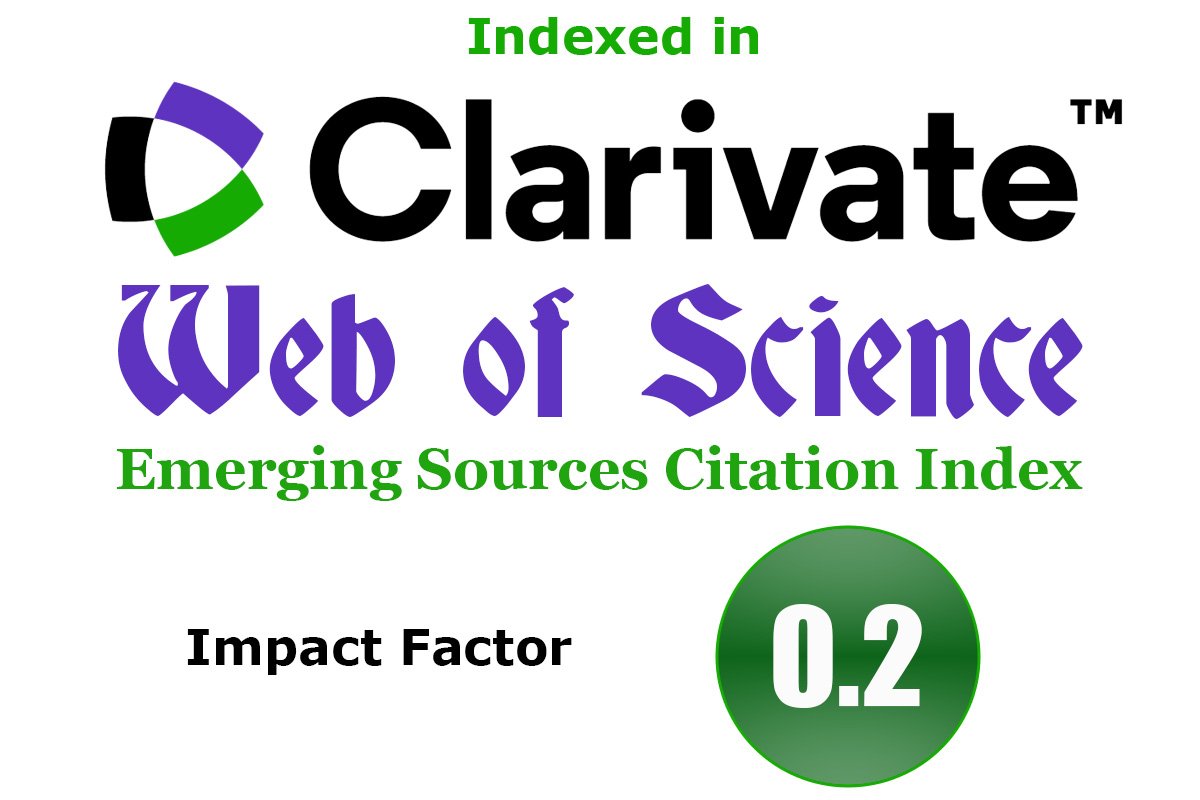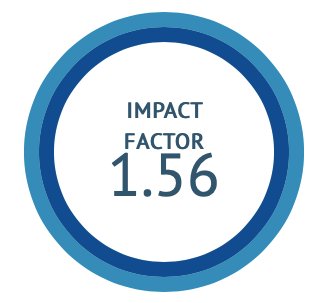The Effect of Kokilaksha Ghanavati & Guduchi Ghanavati in the management of Vatarakta (Gout) – A Randomised Clinical Study
DOI:
https://doi.org/10.47552/ijam.v16i1.5456Keywords:
Vatarakta, Gout, Inflammatory arthritis, Kokilaksha, Guduchi, GhanavatiAbstract
Background: Amid the joint conditions outlined in the texts of Ayurveda, Vatarakta (Gout) is the most common type of inflammatory arthritis; its rising global prevalence is the outcome of rapid modernization and faulty dietary practices, and has a significant detrimental effect on health, quality of life and productivity. Objective: To compare the efficacy of Kokilaksha Ghanavati and Guduchi Ghanavati in Vatarakta (gout). Materials and Methods: The present trial was a randomised clinical study. Computer-generated randomization and participants fufilling the criteria of vatarakta symptoms were recruited in two groups. Group A intervened with Kokilaksha Ghanavati and Group B with Guduchi Ghanavati for 14 days, with follow-up on 7th day and assessed with subjective and objective parameters. Results: The findings of the research revealed that Group B had statistically significant improvement compared to Group A on the Sandhi shoola (joint pain), sankochan (stiffness), visual analog scale (VAS) score, while Group A considerably outperformed Group B with regard to improvement in Sandhi Shotha (joint swelling). Daha (burning sensation), sparsha-asahatva (tenderness) and serum uric acid showed comparable improvements in both the groups. Conclusion: Guduchi Ghanavati proved to outscore Kokilaksha Ghanavati in the management of Vatarakta. However, Kokilaksha Ghanavati showed major improvement in key feature of the disease (shotha-86.21%), along with visible improvement in other parameters as well. The positive impact of it on vatarakta is also undeniable.
Downloads
Published
How to Cite
Issue
Section
License
Copyright (c) 2025 International Journal of Ayurvedic Medicine

This work is licensed under a Creative Commons Attribution-NonCommercial-ShareAlike 4.0 International License.
The author hereby transfers, assigns, or conveys all copyright ownership to the International Journal of Ayurvedic Medicine (IJAM). By this transfer, the article becomes the property of the IJAM and may not be published elsewhere without written permission from the IJAM.
This transfer of copyright also implies transfer of rights for printed, electronic, microfilm, and facsimile publication. No royalty or other monetary compensation will be received for transferring the copyright of the article to the IJAM.
The IJAM, in turn, grants each author the right to republish the article in any book for which he or she is the author or editor, without paying royalties to the IJAM, subject to the express conditions that (a) the author notify IJAM in advance in writing of this republication and (b) a credit line attributes the original publication to IJAM.




